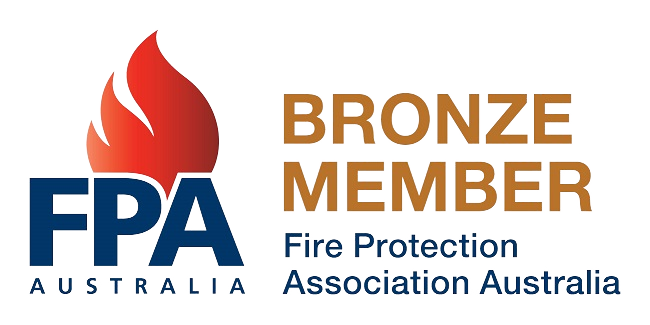Fire Suppression Systems Cost Australia: A Comprehensive Guide

Introduction:
Fire safety is of paramount importance for any business or residential property. Installing a reliable fire suppression system is an essential step towards protecting lives and property. However, one crucial factor that needs to be considered before investing in a fire suppression system is the cost. In this blog, we will delve into the various aspects of fire suppression systems cost in Australia, providing you with valuable insights to make an informed decision.
Understanding Fire Suppression Systems: To assess the cost of fire suppression systems, it’s crucial to understand the different types available in Australia. These may include sprinkler systems, gaseous systems, foam systems, and water mist systems. Each type has its own unique features, advantages, and cost implications. We will explore these systems in detail, providing an overview of their functionality, effectiveness, and associated costs.
Factors Affecting Fire Suppression System Costs: Several factors impact the overall cost of installing and maintaining a fire suppression system. We will discuss these factors, such as the size and layout of the property, the level of fire risk, the type of suppression system required, compliance with local regulations, and ongoing maintenance expenses. By understanding these factors, you can better estimate the cost of implementing a fire suppression system tailored to your specific needs.
Cost Breakdown by System Type: In this section, we will provide an in-depth breakdown of the costs associated with different types of fire suppression systems commonly used in Australia. We will explore the installation costs, including the expenses of purchasing equipment, hiring professionals, and any necessary modifications to the property. Additionally, we will discuss ongoing maintenance costs, including inspections, testing, and refill or replacement of extinguishing agents.
Budgeting and Cost Considerations: Installing a fire suppression system is a long-term investment. It is essential to consider both the upfront costs and the potential savings and benefits in the long run. We will discuss the financial implications of different system types, including their impact on insurance premiums, potential tax incentives or rebates, and the overall return on investment. This section will equip you with the knowledge needed to create a realistic budget and make an informed decision.
Choosing the Right Fire Suppression System Provider: Selecting the right fire suppression system provider is crucial for a successful installation and ongoing maintenance. We will guide you through the factors to consider when choosing a provider, such as their experience, reputation, certifications, and customer reviews. Additionally, we will provide information on the services offered by Fire Suppression Systems Australia (ttei.com.au), a trusted and reliable provider in the industry.
Case Studies and Testimonials: To further illustrate the cost-effectiveness and benefits of fire suppression systems, we will present case studies and testimonials from satisfied customers. These real-world examples will highlight the positive impact of implementing a reliable fire suppression system and showcase the value it brings to different industries and property types.
Conclusion:
Investing in a fire suppression system is a proactive step towards ensuring the safety and protection of your property and the people within it. While the cost may vary depending on several factors, a thorough understanding of the different system types, associated expenses, and long-term benefits will empower you to make an informed decision. By partnering with a reputable provider like Fire Suppression Systems Australia (ttei.com.au), you can rest assured that your fire safety needs are met with expertise and reliability. Remember, the cost of prevention is always lower than the cost of recovery.
In this blog, we have provided you with a comprehensive guide to understanding the cost implications of fire suppression systems in Australia. Armed with this knowledge, you can confidently take the necessary steps to protect your property and ensure the safety of those within it.



